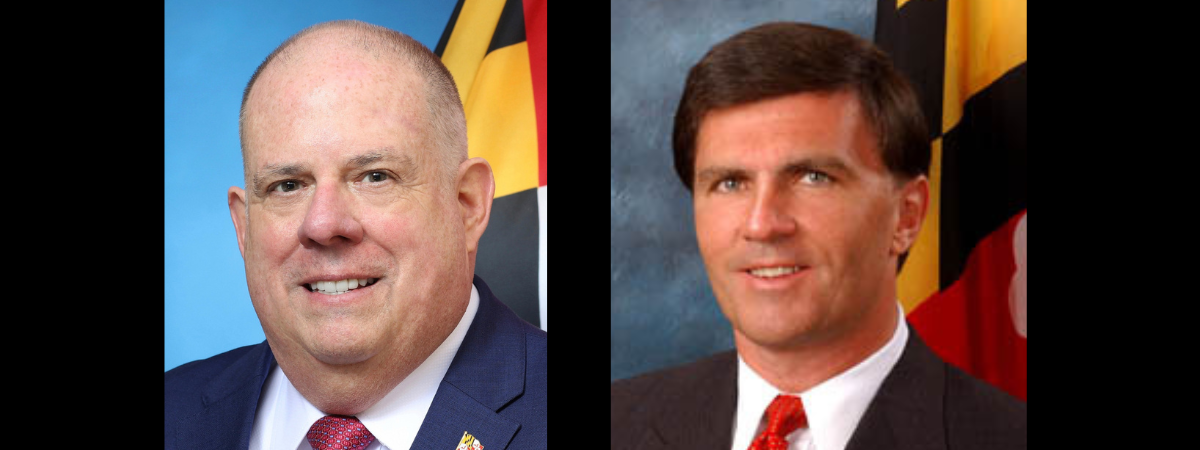Hurricane Ian Aftermath Underscores Flood Risk to Maryland Coastal Areas

As Florida residents and officials faced difficult infrastructure repairs and billions of dollars in damage to property following Hurricane Ian in September 2022, Marylanders were left to wonder if they could face a similar disaster sometime in the future.
Maryland is at significant risk of flooding in future years, according to Climate Central, a communications group focused on climate issues. Among all 50 states, Maryland has the seventh-most acres below projected flood levels by 2050.
In 2022 alone, Maryland landowners received more than $8 million in National Flood Insurance Program payments, economic aid overseen by the Federal Emergency Management Agency. That’s the fifth-highest total in the U.S., trailing only Washington, Alabama, Florida, and Texas.
The flooding risks have implications for future development along Maryland’s 7,719 miles of shoreline, environmental groups say.
“Continuing to build new infrastructure and communities in the most vulnerable places without additional protections is certainly a large concern,” Laura Brush, a fellow at the Center for Climate and Energy Solutions, a leading nonpartisan climate policy group, told Capital News Service. “Not only for the people and businesses that live there, but for the local economies more broadly.”
For urban areas, Brush said greenspaces, including parks and street trees, would be the easiest and most obvious solutions to prevent localized flooding and runoff.
Climate change is the obvious factor looming over coastal flooding, and many of these solutions to mitigate flooding risks also work toward curbing rising temperatures, she noted.
Brush said that on a national scale, Miami has generally done the best job of comprehensive infrastructure to reduce the impact of damaging floods.
“In some areas, the communities that are most at risk are leading the way because they’re already seeing the biggest impacts, and they perhaps are projected to see the biggest impacts moving forward as climate change worsens and creates more extreme weather,” Brush said.
For rural landowners who can’t give up on their homes, the solutions are more individual.
In Maryland, Dorchester and Somerset Counties face the biggest risks. The data from Climate Central projects that the flood levels will get higher and higher in coming years, putting more and more property at risk.
Jennifer Starr, coordinator of the Local Government Advisory Committee of the Chesapeake Bay Program, said that the organization committee has shifted its focus to address the flooding risks in recent years.
“Marylanders are dealing with that local challenge of flooding, sea level rise, and ground subsidence on the Eastern Shore,” Starr said. “So you’re losing land over time.”
Starr said that while water quality can seem like the main issue for the Chesapeake Bay, the quantity of water should be considered just as important.
“Flooding does have an impact on quality, because you’re getting farm runoff just due to these severe intensive rain storms — inches of rain in a really short time period,” Starr said. “The quantity of water is having an impact on the quality of water.”
The financial implications of more intense weather events are even being recognized by federal agencies.
The Department of Treasury’s Federal Insurance Office is launching a data collection initiative to assess how climate change is impacting insurance companies across the nation.
Results of the survey would compare current and historic underwriting data on homeowners’ insurance, according to the department.
“The recent impacts in Florida from Hurricane Ian demonstrate the critical nature of this work and the need for an increased understanding of insurance market vulnerabilities in the United States,” Secretary of the Treasury Janet Yellen said in a statement. “FIO’s data collection will add to the work of regulators and policymakers across the administration to assess climate-related risks to the financial system, the U.S. economy, and the American people.”
The results of the data collection, broken down by zip code, will be used to make more informed decisions in areas most prone to the effects of climate change.
“It’s really important that all this new funding that’s coming from the federal government for infrastructure or for resilience specifically really supports projects that are built to last,” Brush said.
Capital News Service is a student-powered news organization run by the University of Maryland Philip Merrill College of Journalism. For 26 years, they have provided deeply reported, award-winning coverage of issues of import to Marylanders.
Common Sense for the Eastern Shore







